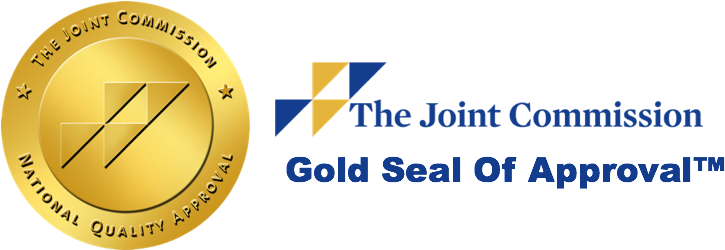While the awareness surrounding bipolar disorder has certainly grown over the last few years, many people may not be aware of how prevalent bipolar disorder actually is. According to the book Bipolar Disorder published by Ankit Jain and Paroma Mitra, “Bipolar disorder, also known as bipolar affective disorder, is one of the top 10 leading causes of disability worldwide.” There are actually four different types of bipolar disorder, all with their own warning signs, symptoms, and various treatment needs. The Phoenix Recovery Center recommends and provides intensive outpatient programs (IOPs) for treating the different types of bipolar disorder.
What Exactly Is Bipolar Disorder?
The NIH offers a comprehensive and concise definition of what bipolar disorder actually is. According to the NIH, “Bipolar disorder (formerly called manic-depressive illness or manic depression) is a mental illness that causes unusual shifts in a person’s mood, energy, activity levels, and concentration,” and “these shifts can make it difficult to carry out day-to-day tasks.”
The most characteristic shift in mood in bipolar disorder is the shift from a depressive state to a “manic” one. These shifts are also one of the biggest distinctions that one can make when they are assessing the different types of bipolar disorder.
What Are the Different Types of Bipolar Disorder?
Perhaps one of the biggest mistakes people make when considering the different types of bipolar disorder is that one is more detrimental than the other. This is a fallacy. While yes, bipolar I tends to have the most visible and intense symptoms, all of these types of bipolar disorder affect each person differently.
As with other issues of mental health, the way in which one type of bipolar disorder affects an individual is relative to them. Thus, it is wholly unfair to minimize one disorder by stating that the other is more severe or problematic.
As mentioned previously, there are four types of bipolar disorder. These include bipolar I disorder, bipolar II disorder, cyclothymic disorder, and not otherwise specified bipolar disorder.
Bipolar I Disorder
Perhaps the most recognized of the bipolar disorders, bipolar I disorder is classified by manic episodes that last longer than a week. These episodes can be relatively severe and even require hospitalization.
An individual with bipolar I disorder will also often experience intense depression after a manic episode. However, these depressive episodes are often less severe than in someone that is diagnosed with bipolar II disorder.
Bipolar II Disorder
As previously mentioned, bipolar II disorder is classified most by how extreme a depressive episode, or episodes, are. However, what differentiates it from other depressive disorders is that bipolar II disorder also involves a type of mania.
These types of mania are referred to as “hypomanic” because they are less intense than those experienced in bipolar I disorder. It is important to note that bipolar II can be particularly dangerous as it has a higher level of suicide associated with it. This is why we here at the Phoenix Recovery Center want to remind you that, as with any other issue of mental health, seeking care for those struggling with bipolar II disorder is crucial.
Cyclothymic Disorder
Ultimately, the symptoms of cyclothymic disorder manifest in less severe ways than bipolar I and bipolar II disorder. However, that does not mean that these symptoms feel less severe to the person experiencing them, nor should require any less attention and focused mental health care. For cyclothymic disorder to be properly diagnosed, hypomanic and depressive symptoms must be present for at least two years.
Not Otherwise Specified Bipolar Disorder
Bipolar disorder not otherwise specified is perhaps the least understood type of bipolar disorder by most people. This type of disorder is classified as bipolar disorder, but it does not meet the exact specifications of the previous three types. For example, a person may have both manic and hypomanic episodes without any specific pattern.
Intensive Outpatient Bipolar Treatment Programs
There are many recovery options for treating individuals with bipolar disorder. These options include residential treatment, IOP, and general outpatient programs (GOP). Choosing one of these programs is primarily based on the severity of the symptoms as well as an individual’s specific needs.
Perhaps the most common form of treatment for all of the different types of bipolar disorder is an IOP. This is because, other than the potential for an early manic or depressive episode prior to diagnosis, bipolar disorder can be managed very well with both medication and therapy. In IOP, these two treatment modalities can be administered while also allowing the individual to continue to fully engage with their day-to-day lives.
Here at the Phoenix Recovery Center, we have an exceptional IOP program and that we have helped countless individuals struggling with all of the different types of bipolar disorder get on the positive path of long-term recovery. People often think that a bipolar disorder diagnosis is going to change the entire way they live their life. We are here to show them that, with proper care, not only will it not impede their life but rather help them acquire the tools to live their life in a much healthier, and more fulfilling way.
For more information on the types of bipolar disorders and how they may be treated with an IOP, contact The Phoenix Recovery Center at (801) 438-3185.







